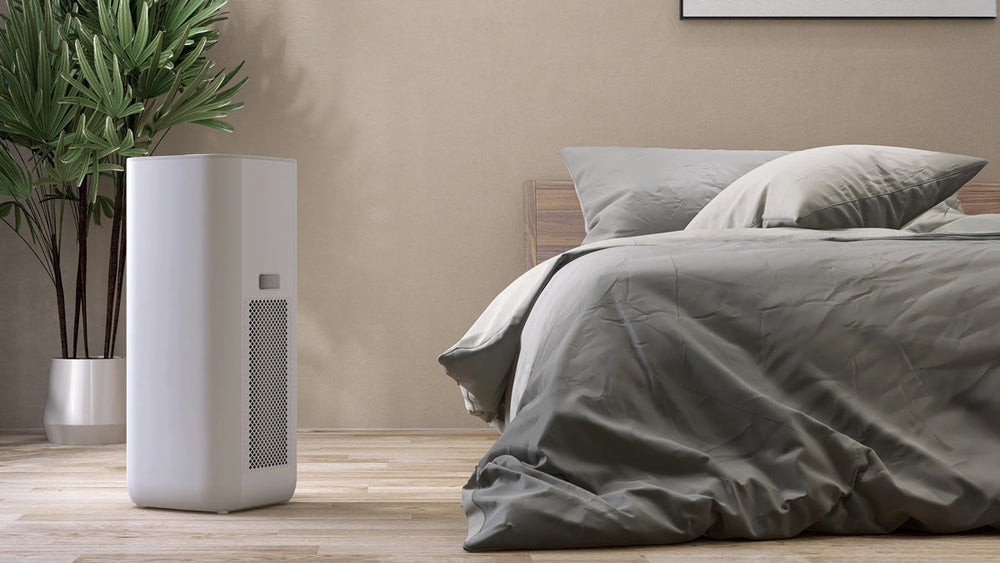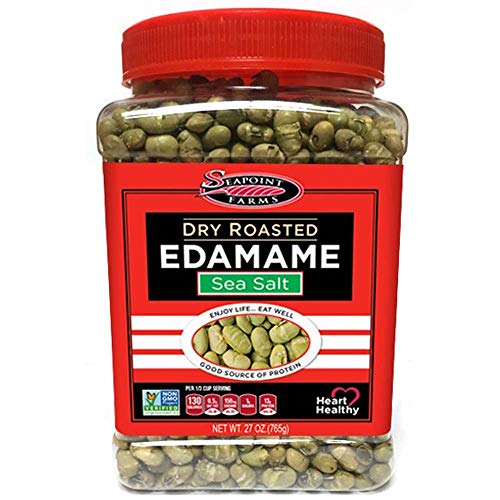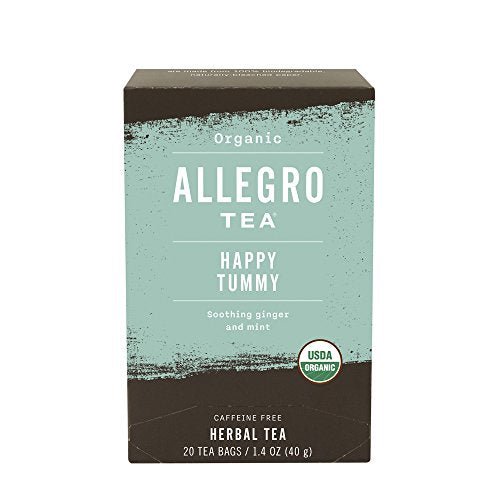How Air Pollution Affects More Than Your Lungs: The Surprising Link to GERD
When you go outside, what’s the first thing you notice? The green grass of your front lawn? The cool breeze blowing in the trees? How about the rumbling of the cars on the nearby highway?
I’ll bet there’s one important thing you forgot to notice: the air quality.
While it’s common knowledge that poor air quality can negatively affect your respiratory health, did you know it can also impact your gut health?
Come along, Foodguides fam, as we dive into an investigation about the relationship between air quality and GERD. It’s sure to take your breath away!
The Unexpected Link: Air Quality and Acid Reflux
Air quality extends far beyond just haze or smog; it’s also composed of pollutants you can’t see, such as carbon monoxide gas. These pollutants are monitored by the U.S. Air Quality Index (AQI). Based on the determined level, the air is given a “grade” on a color-coded scale. This method provides consumers with an easy way to determine if they should venture outside or close their windows. The AQI measures five major pollutants: carbon monoxide, ground-level ozone, nitrogen dioxide, sulfur dioxide, and particle pollution (known as particulate matter, or PM).
How Environmental Factors Can Influence Digestive Health
Have you ever heard the idiom “put good in, get good out”? It’s often true, even when it comes to air quality. The opposite is also true. If pollutants enter your body, they are bound to cause damage.
A 2020 study in Korea revealed an increase in GERD-related medical care due to the rise in air pollutants, specifically carbon monoxide and PM 2.5 (particulate matter smaller than 2.5 micrometers in diameter). It’s also important to note that other factors, such as humidity and air temperature, can affect the risk of GERD as well. A study in Taiwan determined an incidence peak in GERD symptoms among its population during the hot, humid months of October to December.
The Potential Role of Irritants and Inflammation
You may be thinking: how can a little bit of dust wreak so much havoc on your digestive system? Remember, the organs in your digestive tract (stomach, intestines, and colon) each have their own microbiome with specific levels of “good” bacteria that keep you healthy. Introducing foreign contaminants can disrupt this balance. High levels of PM 2.5 have been associated with causing oxidative stress and inflammatory damage in the small intestine.
Common Indoor Air Pollutants and Their Potential Impact on Reflux
The threat of air pollution isn’t just in your outside environment; it’s inside your home, too! Continue reading to discover tips and tricks for keeping your indoor space safe.
Particulate Matter: Dust, Pet Dander, and Mold Spores
Remember the PM 2.5 particles mentioned in outdoor pollution? They can also be found in your house. Examples of indoor PM 2.5 particles include dust, pet dander, and mold spores.
The best way to minimize PM 2.5 particles in your home and improve your digestive health is to identify the source of infiltration. If the outdoor air quality is poor, keep your windows and doors closed to minimize exposure. Install filters in your heating, air conditioning, and other ventilation systems to improve air quality. If you have pets, you can purchase a filter specifically designed to catch pet dander. Clean your house frequently to prevent dust buildup.
Volatile Organic Compounds (VOCs): Cleaning Products and Furnishings
Be careful when you’re cleaning! Common household chemicals contain volatile organic compounds (VOCs). They include carbon gas and can contaminate the air when used, infiltrating your body with each inhalation. When you clean your house, read the labels on the products you’re using to limit your exposure to VOCs. Look for the Green Seal, EcoLogo, or Safer Choice logos to see if your products have VOCs. Wear protective gear such as gloves when cleaning, and remember NEVER to mix chemicals.
So, the next time you venture outdoors or meander to the kitchen, perhaps you should check the air quality index before you gobble down that plate of spicy chicken wings. Your digestive (and respiratory) system will thank you!
How will you change your home environment? Do you have a favorite non-VOC cleaning product? Let us know in the comment section below, and follow us on social media!
-
AirNow. (2025). Air quality index (AQI) basics, AirNow, https://www.airnow.gov/aqi/aqi-basics/
-
American Lung Association. (2025). VOCs in household cleaning products, American Lung Association,https://www.lung.org/getmedia/f844533f-9513-4eb4-814c-2302265302c4/VOCs-in-Household-Cleaning-Products.pdf
-
California Air Resources Board. (2025). Inhalable particulate matter and health (PM 2.5 and PM 10), California Air Resources Board, https://ww2.arb.ca.gov/resources/inhalable-particulate-matter-and-health
-
Chen, K., Lin, H., Lou, H., and Lee, S. (2009). Season variation in the incidence of gastroesophageal reflux disease, The American Journal of Medical Sciences, 338 (6), 453-458, https://www.amjmedsci.org/article/S0002-9629(15)31741-9/abstract
-
EPA. (2024). Sources of indoor particulate matter, United States Environmental Protection Agency, https://www.epa.gov/indoor-air-quality-iaq/sources-indoor-particulate-matter-pm#how
-
Magge, S. (2024). Is air pollution impacting your digestive health?, Nuvance Healthline, https://www.nuvancehealth.org/health-tips-and-news/impact-of-pollution-on-digestive-health
-
Seo, H., Hong, J., and Jung, J. (2020). Relationship of meteorological factors and air pollutants with medical care utilization for gastroesophageal disease in urban area, World Journal of Gastroenterology, https://pmc.ncbi.nlm.nih.gov/articles/PMC7584054/#B6
-
Zhang, K. (2024). Environmental PM 2.5-triggered stress responses in digestive diseases, eGastroenterology, https://egastroenterology.bmj.com/content/egastro/2/2/e100063.full.pdf























Comments
Join The Conversation...